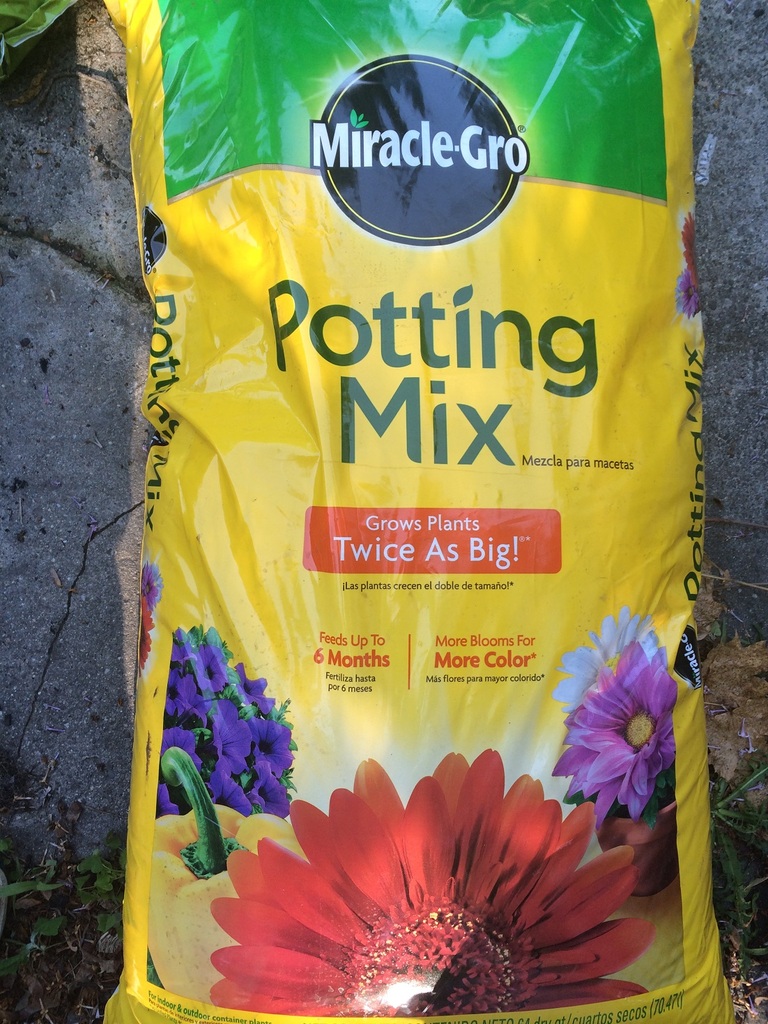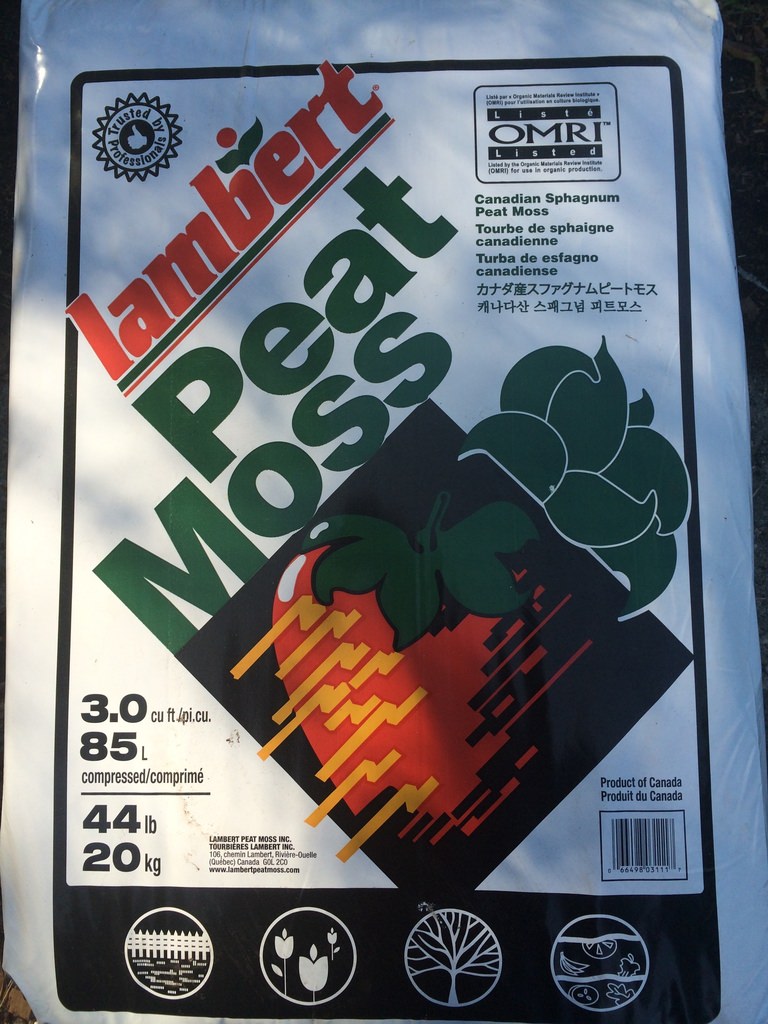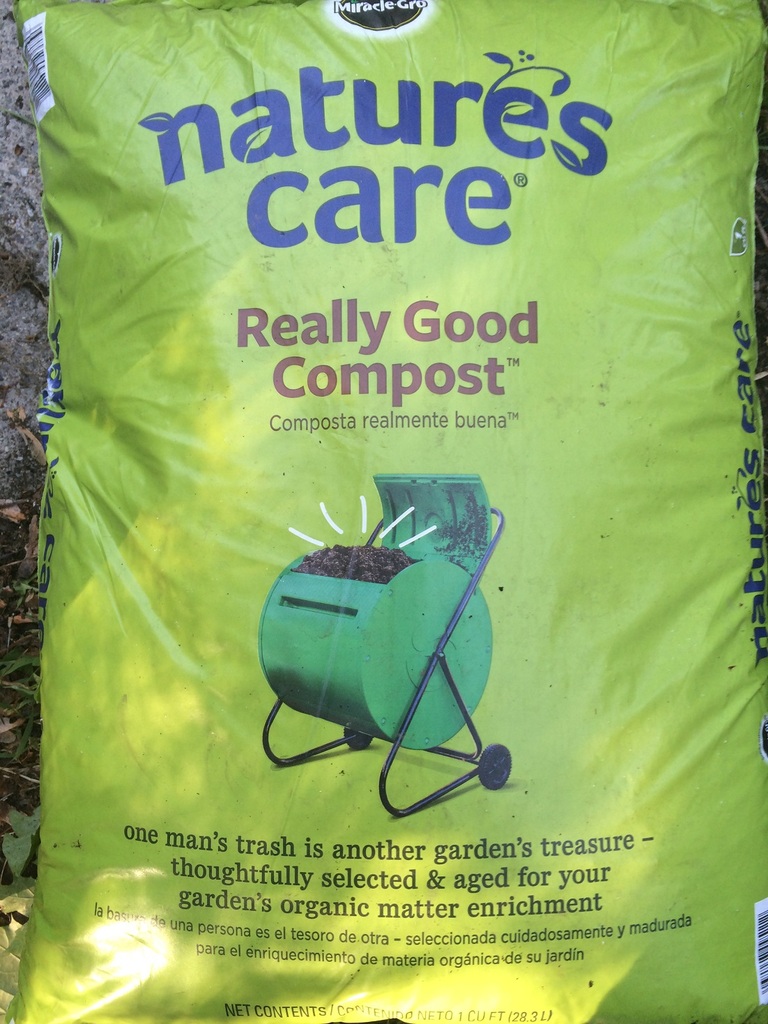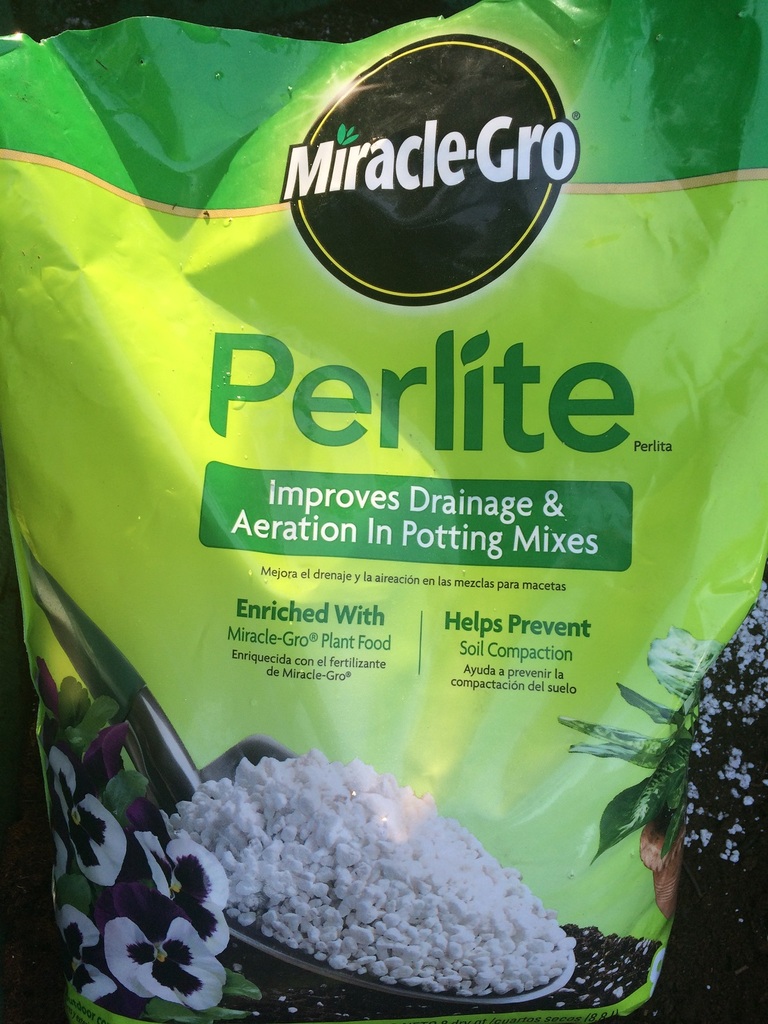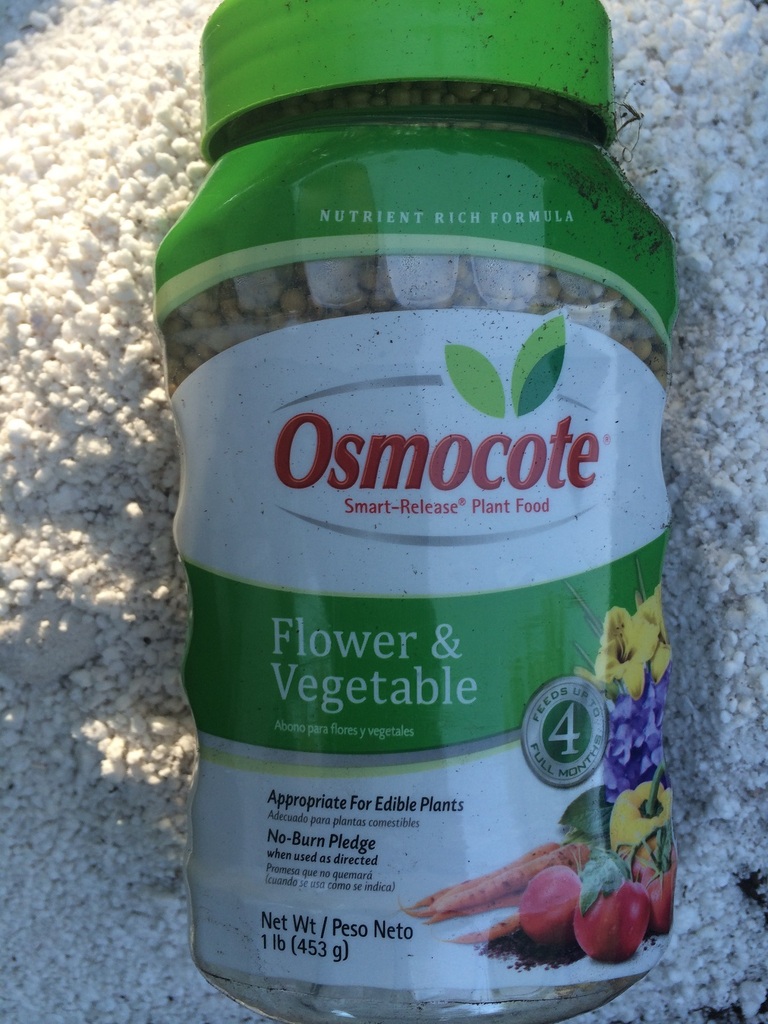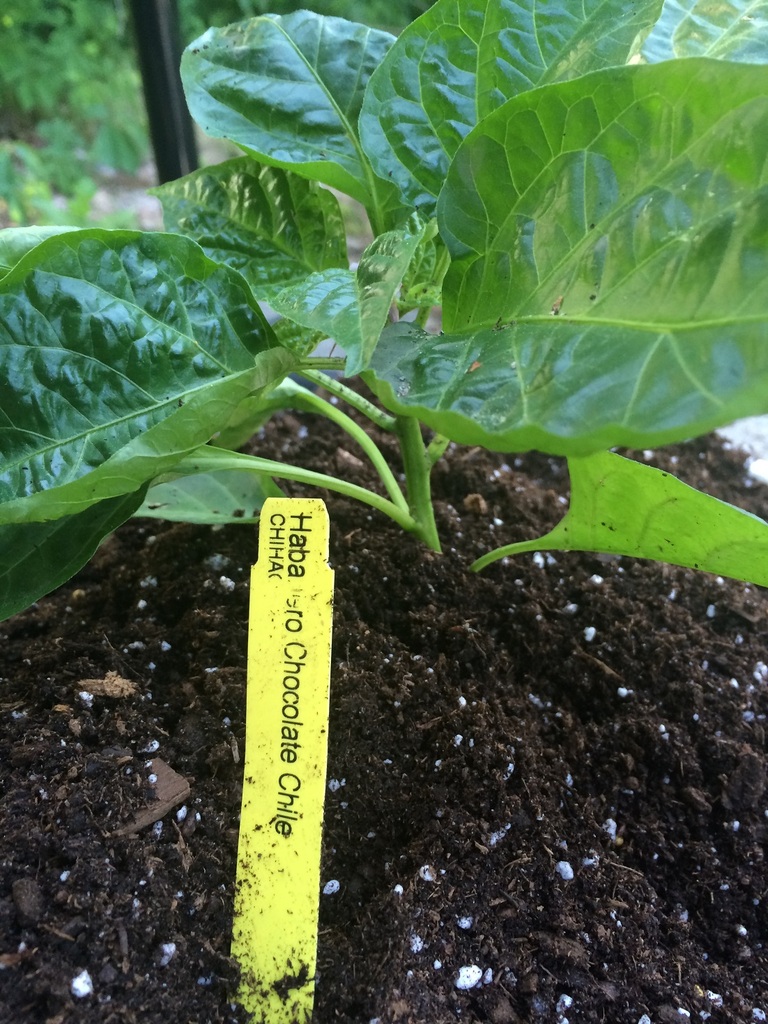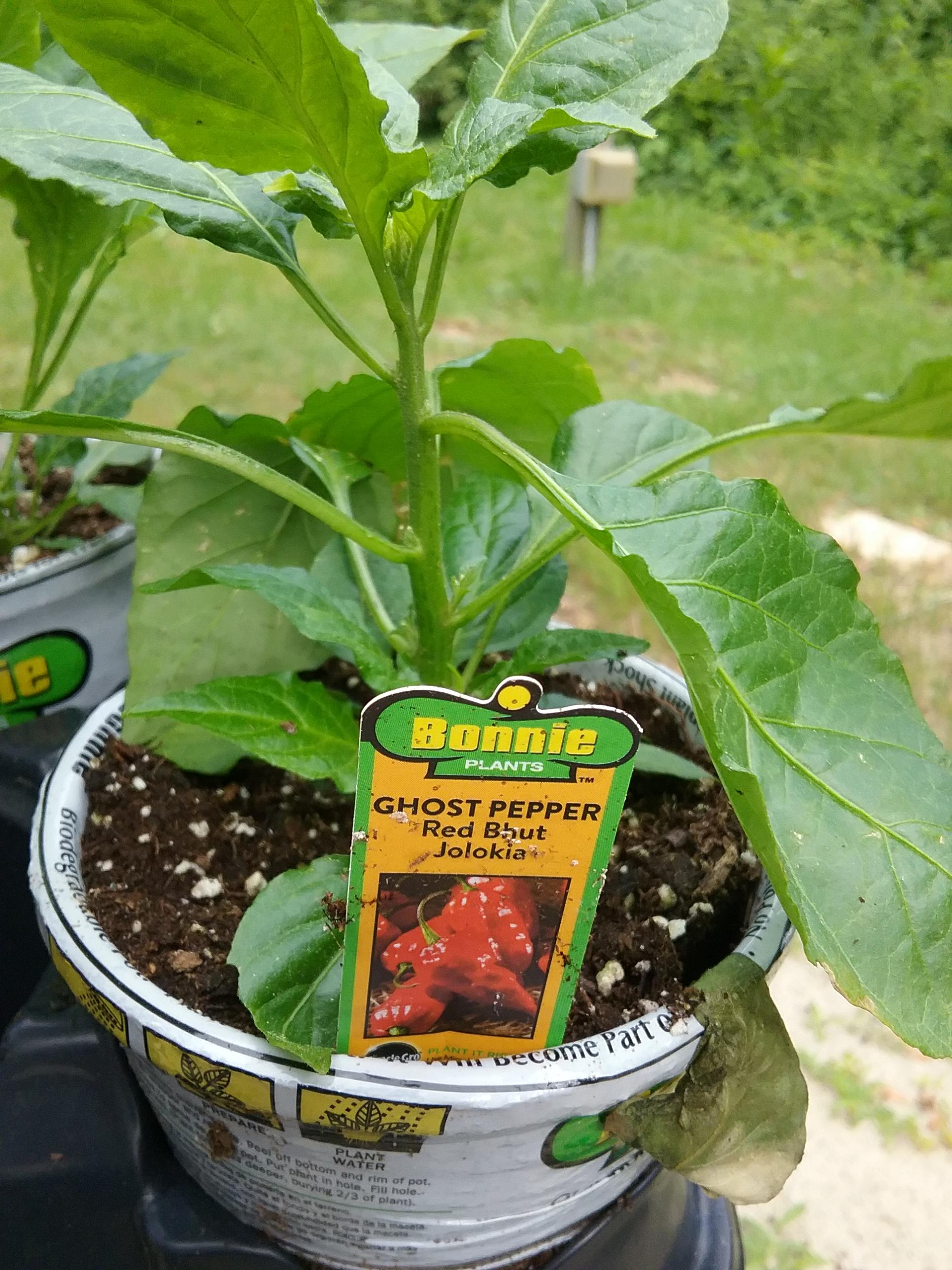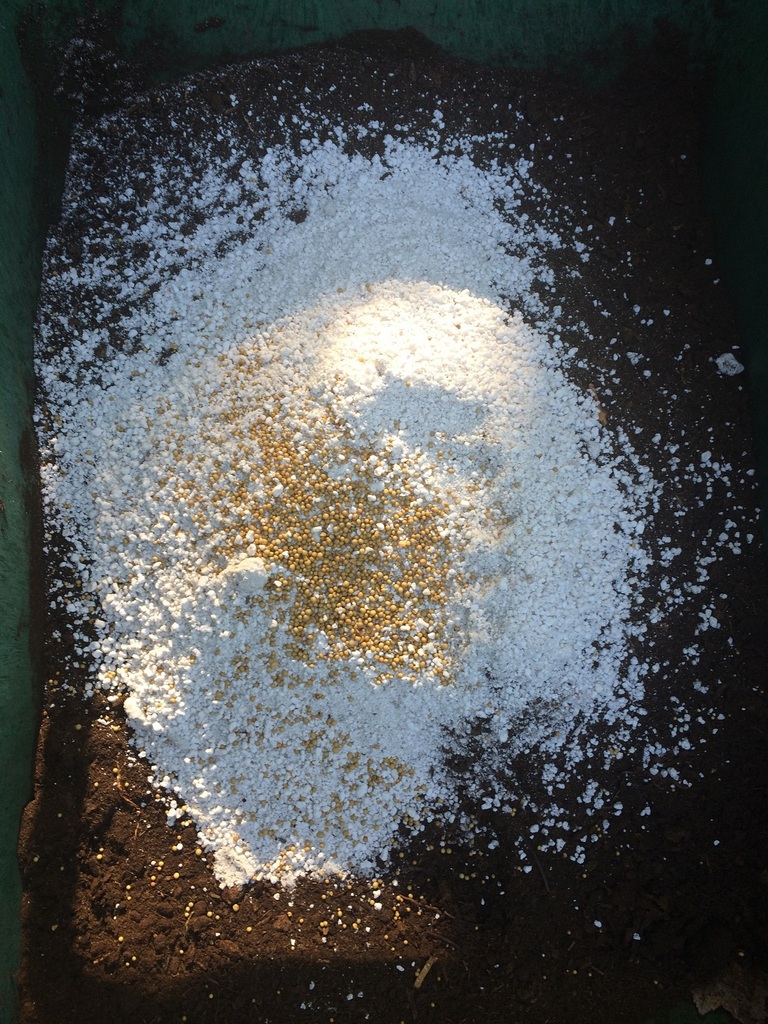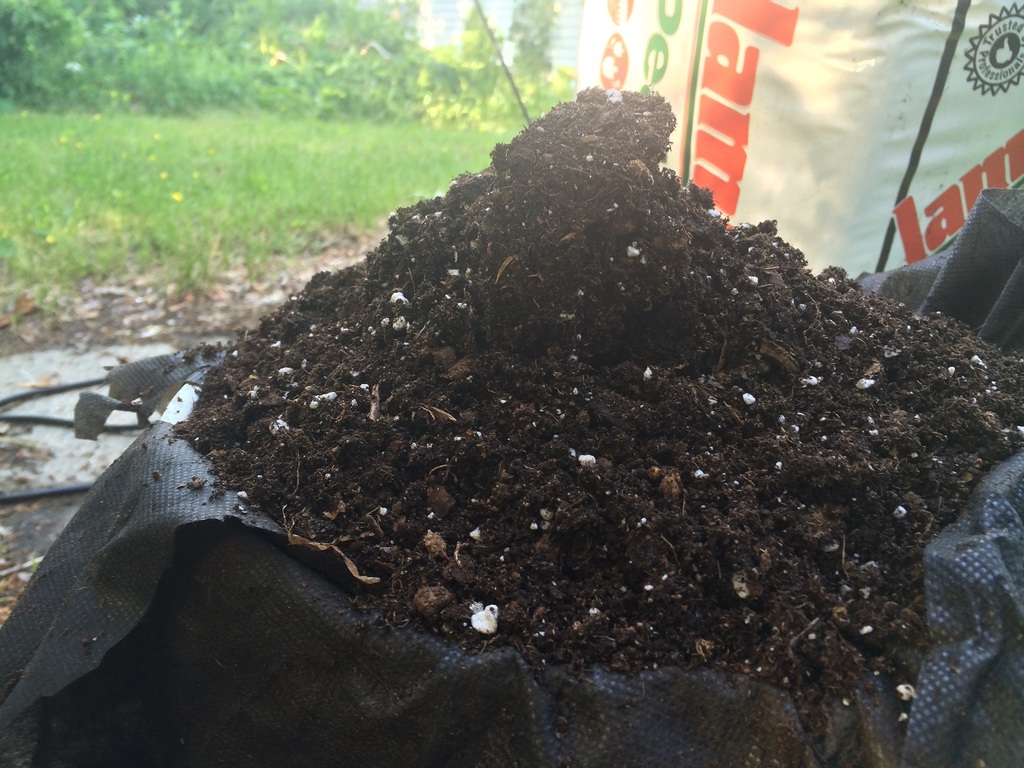Hi! I hope this is the right place to ask.
I'm in an area where it is very difficult to deter deer, so I'm growing mostly on our fenced-in south facing deck this summer. I have a solid amount of fabric pots, but I am running into an expensive wall when it comes to what to put in them. Buying bag after bag of potting mix is racking up, and I still have a lot of pots to fill and plants that are outgrowing their temporary homes.
Today, my coworker mentioned a place near where we live that sells compost by the yard for a really affordable price. He says that this is the reason all the plants in his yard have grown to such a big size, year after year. If I mixed this compost with, say, vermiculite and coco coir, could I use it in the grow bags? Or is there something else I can buy in bulk that would be cost effective?
I'm in an area where it is very difficult to deter deer, so I'm growing mostly on our fenced-in south facing deck this summer. I have a solid amount of fabric pots, but I am running into an expensive wall when it comes to what to put in them. Buying bag after bag of potting mix is racking up, and I still have a lot of pots to fill and plants that are outgrowing their temporary homes.
Today, my coworker mentioned a place near where we live that sells compost by the yard for a really affordable price. He says that this is the reason all the plants in his yard have grown to such a big size, year after year. If I mixed this compost with, say, vermiculite and coco coir, could I use it in the grow bags? Or is there something else I can buy in bulk that would be cost effective?

